
Scaffolding
The Nature Conservation (Scotland) Act 2004 makes it an offence to intentionally or recklessly take, damage or destroy or otherwise interfere with the nest of any wild bird while it is in use or to obstruct or prevent any wild bird from using its nest.
It is important to note that in the instance of scaffolding it is the obstruction that may harm the birds and cause an offence. Check before you programme – it may save time and expense later!
Swifts nest inside the fabric of the building (frequently at eaves level or on the gable end or below ridge tiles) so their nests are harder to spot than the nests of other birds. Swifts come and go to and from the nest at speed and may do so at long intervals only. This makes it harder to survey a building before work starts.

This makes a clear flight path to the nest essential
So if scaffolding is placed in such a way as to hinder the direct line to the nest site, then adult swifts will not be able to get to the young, are obstructed from using the nest, and so an offence has been committed, and the young are starved.
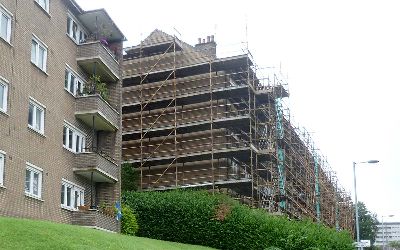
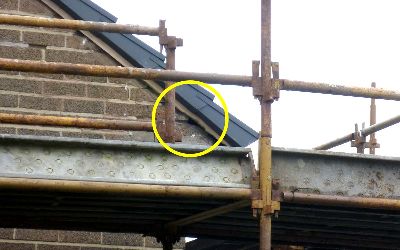
What to do if you see scaffolding going up near an active swift nest site
- A contractor or householder should be persuaded not to erect scaffolding that would prevent access to a nest
- If your explanation is not accepted (and some contractors and householders can be rather rude if it looks as if you are stopping them from getting on with their work, though others will be grateful) then it is your duty to call the police on 101; just the same as it would be if you were to see someone cutting down a tree with an owl’s nest in it!
- If necessary quote the Nature Conservation (Scotland) Act 2004
- And note that it is not the case that only RSPB can report a crime relating to a bird (as I was advised by police in one case)
Swifts can continue to gain access to nest sites through some scaffolding if it is constructed and placed in such a way as NOT to obstruct the entrance to the nest. As a guide, assume a clear flight path to the entrance at 45 degrees.
The use of netting is an insurmountable problem. The only solution would be to omit that section that blocked access to a nest site. Not ideal from the client’s point of view, but again if the alternative is not being able to progress with a lucrative contract, no doubt a solution would be found.
What to do if scaffolding has been erected before the swifts’ return but then they return during work and try to get to their habitual site
It is currently held that the law applies only to active nest sites, i.e. sites that are being used, assessed by whether birds are seen coming and going. The possible case for it applying to a traditional nest site to which the birds are trying to return has not been tried in court – and is probably unlikely to be.
So far no one has succeeded in tempting swifts to nest in a box placed on scaffolding beside the traditional site – it has been tried.
Scaffolding Regulations
All scaffolding should be erected by qualified scaffolders and there are standards for all types of scaffolding.
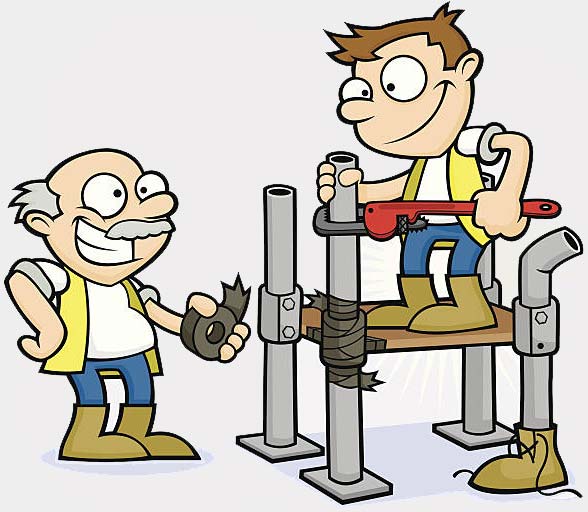
Different types of works have specific scaffolding designs. User guides are found in the EU codes for scaffolding B.S.E.N. 12811-1:2003, the code of practice for access and working scaffolds and TG20:13 Design Guide (from NASC magazine). Working at height is also covered by NASC in SG415. Once in place, scaffolding can only be altered by qualified scaffolders.
Parts of the scaffolding
Poles
These do not in themselves create a problem unless they are in front of the nest entrance. There is some lee-way in spacing between poles, so where appropriate it may be possible to adjust their position to avoid blocking a nest site.
Horizontal rails
Swifts can negotiate these so long as the top rails are a minimum of 1.5m below the nest site. ( see pics below)
Boards
Similarly swifts can get to a nest site where the board walks are just above the nest entrance and/or at least 1.5m below it. Width is a problem. Single path boards are OK. Double path board walks would need to be lower than 1.5.
Toe or edging boards
These are often the main problem as they raise the effective height of the obstruction. Toe boards are required by Health and Safety regulations all round the scaffolding at all times. However, when workmen are not working, it may be possible to close off the area and remove toe boards or to remove all boards. This will involve return visits by the scaffolders and additional cost – but if it enables work to proceed then it will probably be worth it.
Netting
Netting of course will totally deny birds access to the nest and cannot therefore be used.
Disturbance due to work close to a nest. It is suggested that as the normal working day is from 8.30 – 4.00pm and that as swifts – as other birds – are active long before 8.30am and long after 4 pm, some disturbance during the working day ( so long as access is retained, of course) will not make the adults desert the nest and will not starve the young.
Programming
Usually there are only one or two nest sites within a contract area. It may therefore be possible to programme work in order to omit buildings or parts of buildings with swift nest sites until after the young have flown – this has been successfully negotiated in some case, and enables work to proceed.
What scaffolding for what job?
The most frequent location for nest sites is at the eaves level, but swifts also nest under tiles, under ridges, in holes or cracks in stone or brick walls or below window lintels. ( see where swifts nest) Clearly roof replacement carries the highest risk of disrupting nest sites under eaves, as does gutter replacement. However, painting, rough casting/harling, window replacement, roof and chimney repairs can be carried out if planned in advance – as can repointing – so long as the swifts’ nest sites are not being repointed!
Total renovation e.g. roof, windows and roughcasting – often a council or Housing Association project on a large scale. For example:
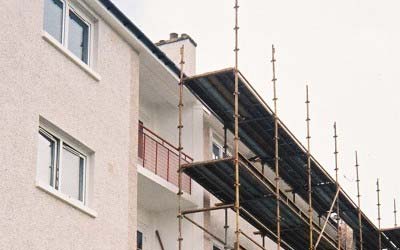

What to do?
Note any swift nest sites and programme work to omit scaffolding near them until after swifts have fledged and left.
Soffit replacement and roof renewal
This should be left until after birds have flown. In a large scheme repair will need to be programmed to omit scaffolding where there are swift nest sites until after the swifts have fledged and left.
Rhone and / or gutter replacement / repair
For small-scale repairs, scaffolding for this work could be put up with care as the top walkway could be set at 1.5m below eaves, and poles places so as not to obstruct any nest sites.
Limited roof or chimney repair
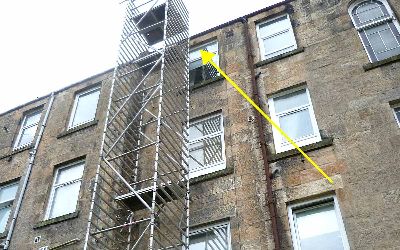

Window replacement
Window replacement at Calvay Housing Co-op would not have prevented swifts from nesting, so long as scaffolding was carefully designed to permit swifts to get to any nest sites i.e no uprights directly in front of a nest site and board walks low enough for swifts to get to nest sites under the eaves.

Repointing
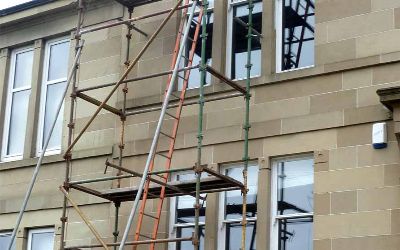
Harling or roughcasting


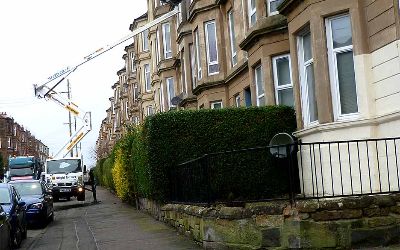
It is technically possible to adjust the design of scaffolding to omit parts to allow swifts – or other birds to – finish rearing their young. The main problem here is that scaffolding must be managed by scaffolders, and usually their job is to erect scaffolding and then go away until the contract is complete. Managing scaffolding for swifts means return visits. However, where it is a case of managing the scaffolding or being unable to get on with the contract; it may be found to be possible to manage the scaffolding!

Programming / phasing
Some larger repair projects will use scaffolding in phases. In this example, gutters and fascias were being replaced.
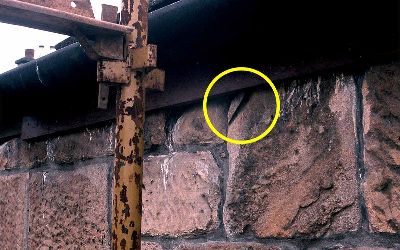
In an ideal world work would be carried out between early September and early May, with existing swift nest sites being marked and retained.
In situations where repairs are essential and urgent Concern for Swifts, a local swift interest group, or RSPB should be consulted. In the event of having to move birds, a license must be sought from SNH. (consult HQ at Inverness – phone 01463 725 165)
Technical information on this page was provided to CfS(S) by A.S. Scaffolding Ltd in Glasgow
